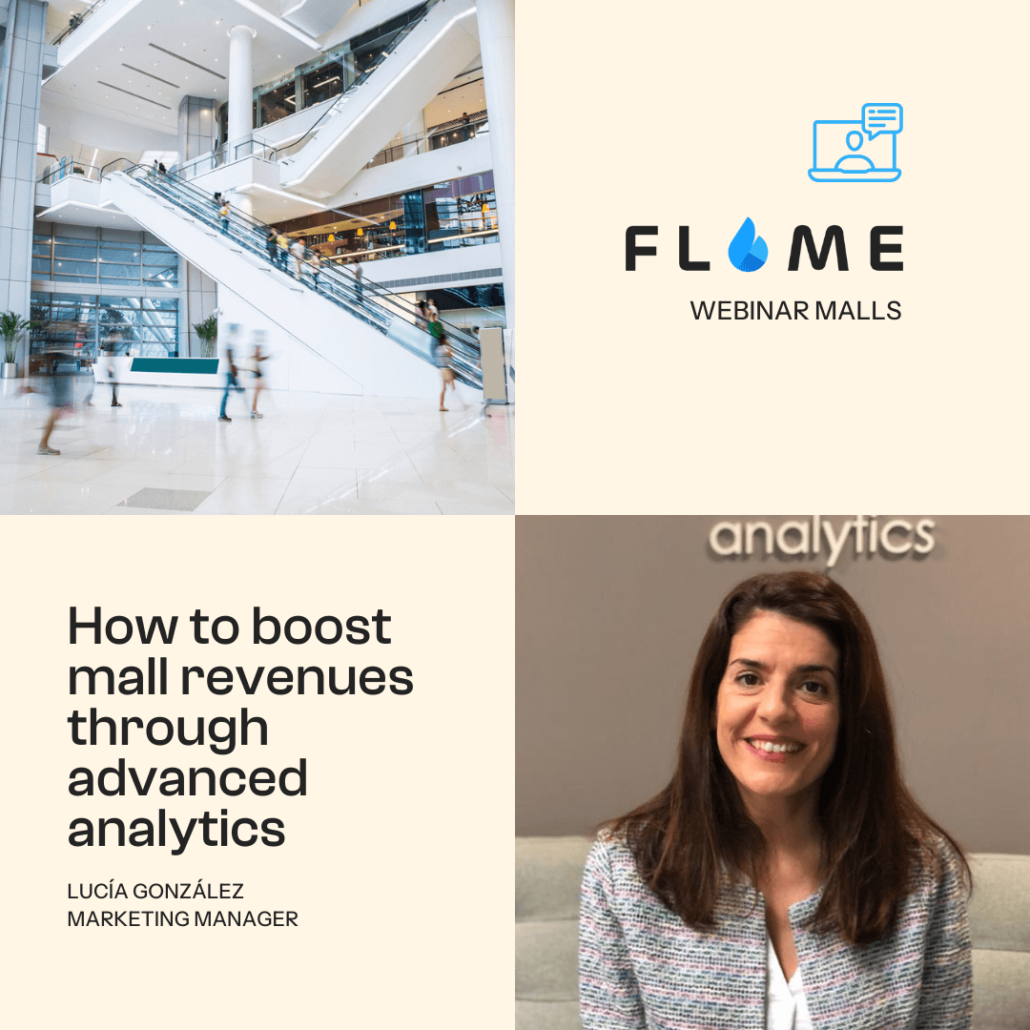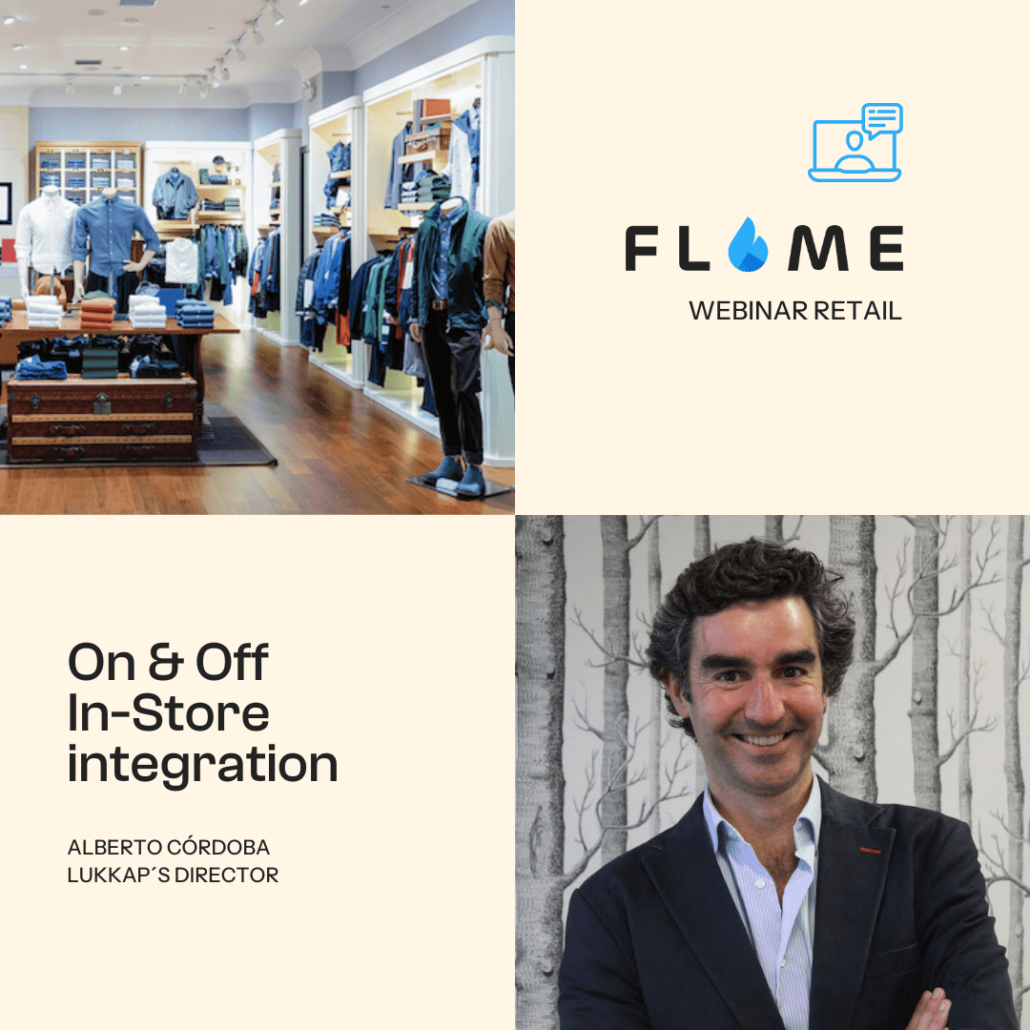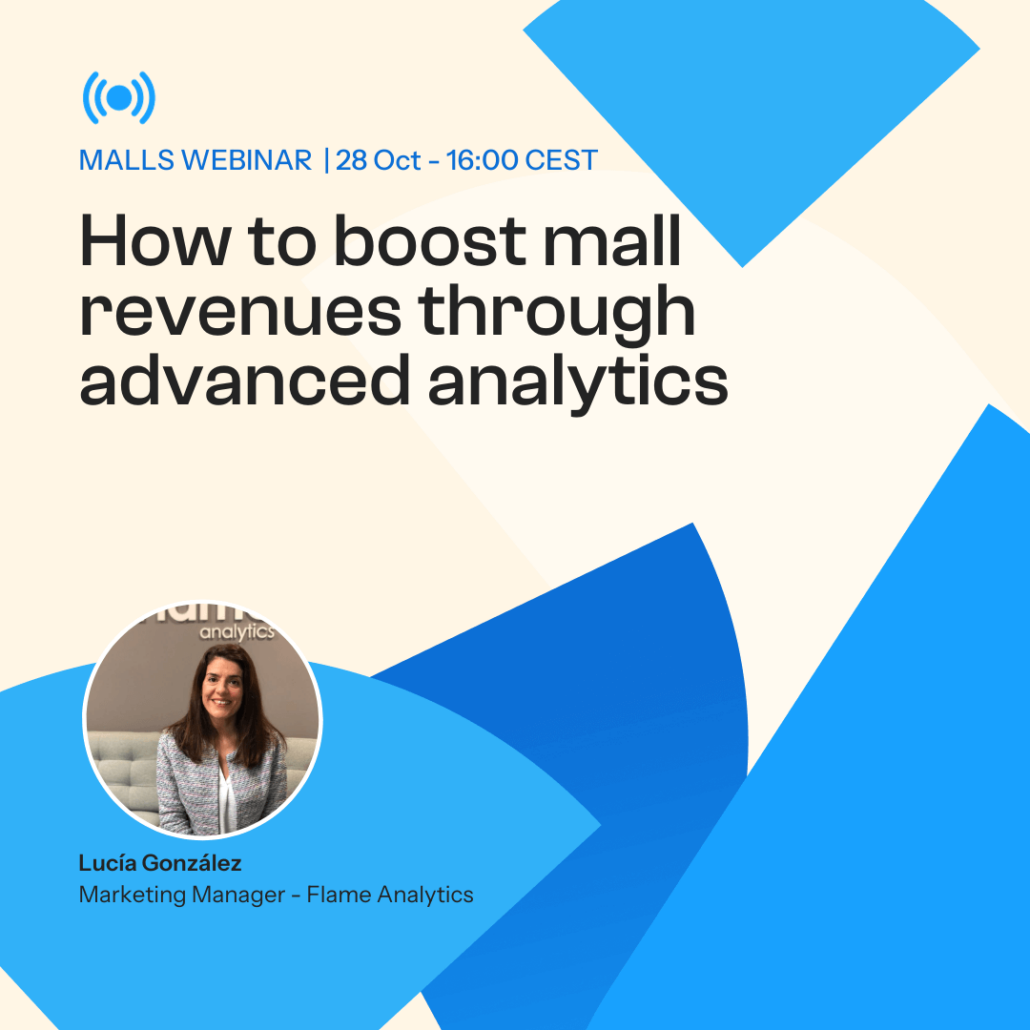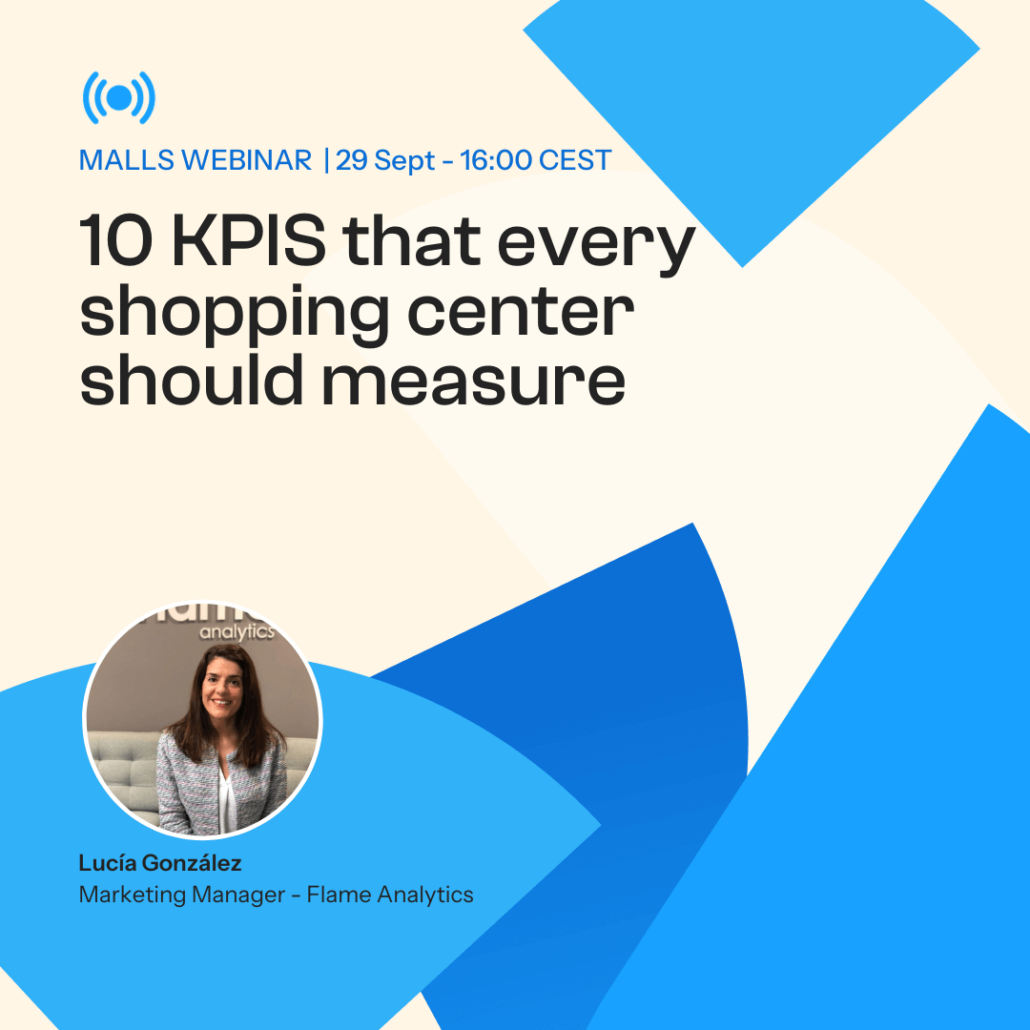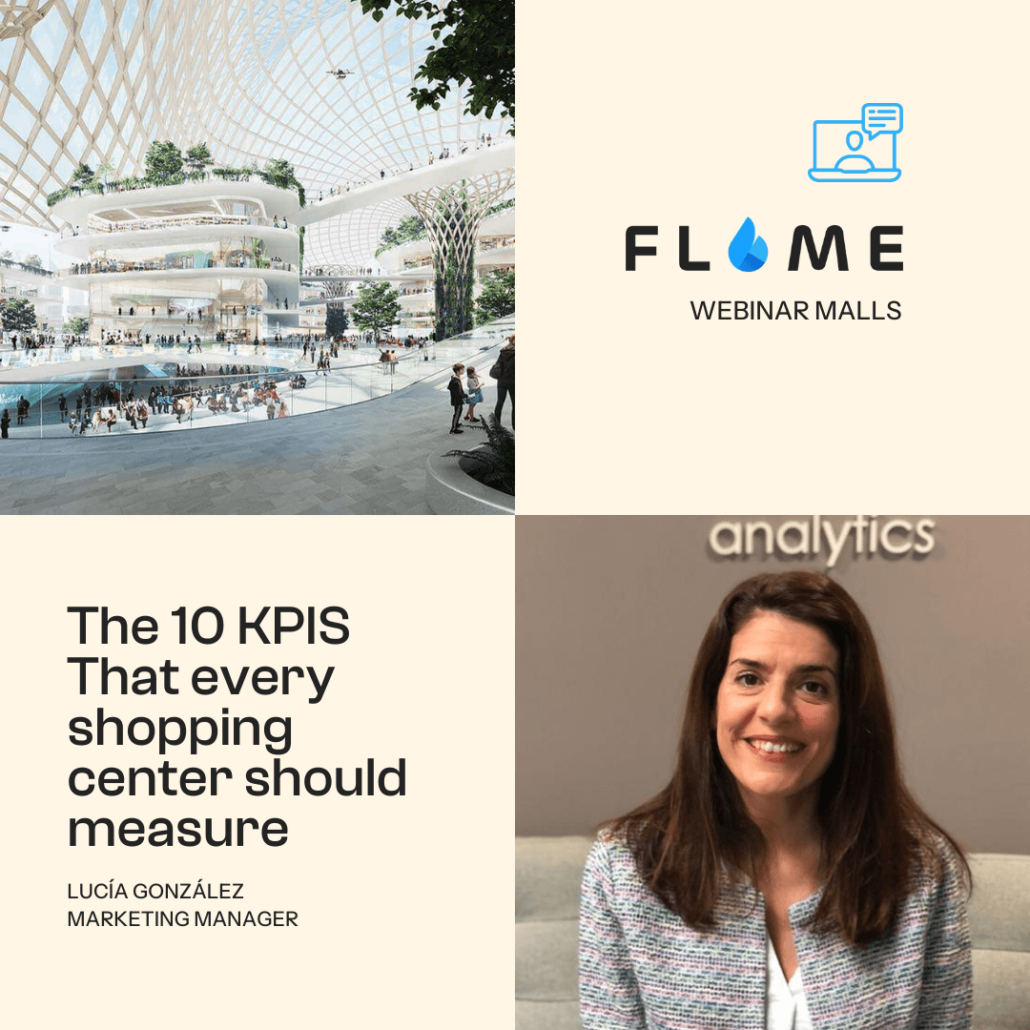A new scene. The way consumers shop has undergone a significant transformation. While this shift had already been underway for several years, the global Covid-19 pandemic has acted as a catalyst, accelerating the pace of change even further. Now more than ever, it’s essential for shopping malls to adapt to this new reality and embrace innovative solutions to remain competitive in the market.
Join us for an engaging webinar where we delve into the transformative power of advanced analytics and unveil how leveraging these insights can empower your mall to thrive amidst these changing times. Discover practical strategies and actionable insights to enhance the customer experience, drive foot traffic, and ensure the long-term success of your shopping destination.
Use of advanced analytics for shopping malls
The new consumer that emerges in this new context:
- is somewhat afraid to visit physical spaces (although perhaps, less and less)
- is highly digitized to some extent they were before the pandemic, but now they are more confident with technology, even in sectors of the population that were not before)
- Expects a harmonized and unified service both on the off and on channels.
In this new reality, new habits have emerged that, without a doubt, have come to stay. E Commerce has grown by 55% and, unfortunately, due to lockdowns, various laws and also fear, traffic to physical shopping spaces decreased last year by 40%, though it is quickly recovering (above 20%) in 2021.
According to Visitors Index published by CADLAN, the influx to commercial areas grew 10% in September, leaving the accumulated annual rate at 22%. It is in our power to restore consumer confidence and to offer them a consistent and harmonized strategy, thus offering what they need, seek and want at the right time.
How to boost mall revenues through advanced analytics
Roadmap towards a new model – The relevant shopping center
To face this paradigm shift, we propose this technological roadmap, which aims to make it relevant to shopping malls by using advanced analytics. A journey in which not only will we have to rebuild the consumer lost trust, but we will have to get to know them thoroughly, following a strategy aimed to offer totally personalized services (For example: Loyalty Programs to new and repeated visitors).
CONFIDENCE
- Safety first. The first thing we have to guarantee is security. All shopping malls know this and, in fact, the first thing they have done has been to activate safety and hygiene protocols to offer a safe space: New signage, hydrogel equipment, screens, air purification systems, etc.
- Also, in many cases they have installed systems to measure occupancy in real time, footfall or even systems to make contact tracing….
- In addition, new formats have arrived that improve convenience: store pickup, appointment, contactless payments …
KNOWLEDGE
It has always been said that “knowledge is power” and this is now more true than ever. In a shopping mall it is essential to have a holistic knowledge about the customer and about the center itself, and here is when advanced analytics came into work.
- We must know the client’s behavior profile, understand why they behave in a certain way, their recurrence, the length of stay … Insights that will help us to profile our clients. Nowadays technology allows us to know how they move in the center, to intuit their tastes, their motivations …
- In the shopping mall, we must measure indoor performance (traffic and occupancy of the center in real time, by zones and by floors, unique visitors, etc.) and the outdoor performance (outdoor traffic, places of origin, demographics, etc.)
OMNICANALITY
You hear a lot about omnichannel today … But, how can we be omnichannel in a simple and bearable way? … There is a part of convenience that is really already happening.
- The showrooming effect, for example, is still a form of omnichannel: Customers come to the physical store to test and then buy online.
- Or the ROPO, which is the opposite: first they see something online and then they buy it in the physical store.
- Another omnichannel option is the so-called BORIS -Buy Online Return In-Store-, which consists of returning a product in the physical store (This has had a greater boom in the pandemic).
- Or the BOPIS -Buy Online Pick up In-Store- which is the collection of the product purchased in the physical store.
From a more technological point of view and not so much of convenience, we have the possibility of creating the Omnichannel Profile and the unified customer journey. How? Uniting offline behavior (visits to physical stores, recurrence, length of stay, areas visited, tastes …) with online behavior (web visits, online sales …) to achieve a 360º profile that will allow us to target that person in a very personalized way.
If we build an omnichannel profile that unites on and off we can carry out a harmonized strategy between channels, something extremely important when using advanced analytics.
PERSONALIZATION
This comes when we have advanced in the previous steps.
Behavioral targeting. It is targeting based on knowledge and behavior.
- Based on the recurrence profile. For example, we launched a campaign to people who come from Monday to Friday for lunch.
- Based on the visit profile. For people who go to the movies very often.
- Based on our visitors´ tastes.
Location Based Marketing. Thanks to this advanced analytics factor, we already know who that person is, what they like and how they behave … Now is the time for us to launch a campaign of this type:
- Proximity marketing push (When they arrive or leave the mall, when we detect that they are visiting a specific area …)
- Different channels: App and Beacons, App and Geofences App, and WiFi Without APP (Email, SMS).
Technological model
We visualize a pyramid with several levels that we have to build.
- The bottom of the pyramid is the performance of the mall. This is where, among all advanced analytics options, we measure footfall (which is already a commodity), where we do outdoor advanced analytics, where we measure conversion and when we have real-time occupancy data of the shopping mall.
- In the next step we enter an area of knowledge of the client, in which we will be able to measure the length of stay by customer segments, the areas visited.
- Then, we move on to comply with the GDPR, which is the consent that the user gives us through an onboarding method on any complaint form such as the WiFi captive portal or shopping center App (smartphone application) . In this process, the customers give us their contact information that later will be used to perform Behavioral Targeting and Location Based Marketing campaigns.
- To finally reach the top of the pyramid, which is where we can already send them personalized messages based on behavior or proximity.
And this is our proposal, thanks to which we build a model for a Shopping mall to become technologically relevant, and to recover the traffic lost in these difficult times that we have lived in.
